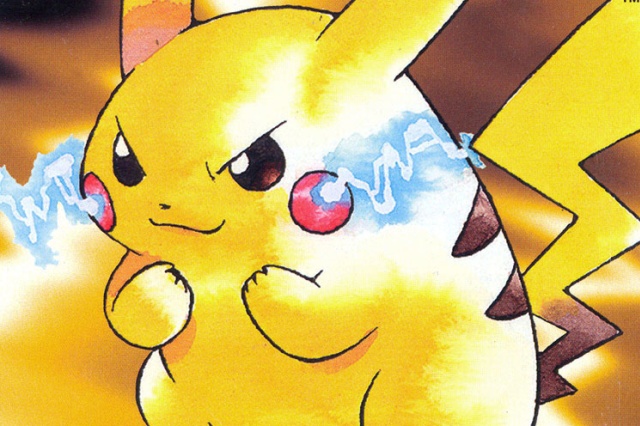
Despite the decades-spanning shift in hardware, the eShop versions of the original Game Boy Pokemon games will retain their distinctive trading and battling features when they arrive for the 3DS in 2016.
Nintendo’s Pokemon series launched in 1996 with the release of Pokemon Red and Pokemon Blue for the monochrome Game Boy. Pairing deceptively complex RPG mechanics with addictive monster-catching gameplay hooks, the original Pokemon games were tremendously popular worldwide, and helped to revitalize Nintendo’s aging Game Boy hardware.
In the original Pokemon games, players journey across the Kanto region in search of creatures that can be captured and collected for use in battle against other Pokemon. There are 151 Pokemon between Pokemon Red and Blue, and each edition boasts its own exclusive collection of creatures.
In order to collect all 151 Pokemon, players must trade creatures with friends using the Game Boy’s Link Cable peripheral. The Link Cable also allows players to battle their collected creatures head-to-head. The upcoming 3DS versions of Pokemon Red, Blue, and Yellow simulate Link Cable functionality by using a wireless connection to link multiple 3DS units.
In 1999, Nintendo followed up on Pokemon Red and Blue with Pokemon Yellow Version: Special Pikachu Edition. Featuring updated graphics and minor changes to series-standard gameplay mechanics, Pokemon Yellow Version starts players out with a Pikachu pal that follows them throughout the adventure.
Pokemon Yellow Version is otherwise largely identical to the previous Red and Blue games, and still requires players to link up with other versions in order to collect all 151 Pokemon.
Pokemon Red, Blue, and Yellow will hit the 3DS eShop in North America on February 27, 2016.
Editors' Recommendations
- The biggest gaming news of 2023: Insomniac leak, GTA 6 reveal, and more
- Nintendo is shutting down online services for 3DS and Wii U next April
- As the 3DS eShop closes, devs reflect on a golden age of Nintendo indies
- Claim these free 3DS and Wii U games before the eShop closes
- You need to get this oddball Zelda game for free before the 3DS eShop closes


